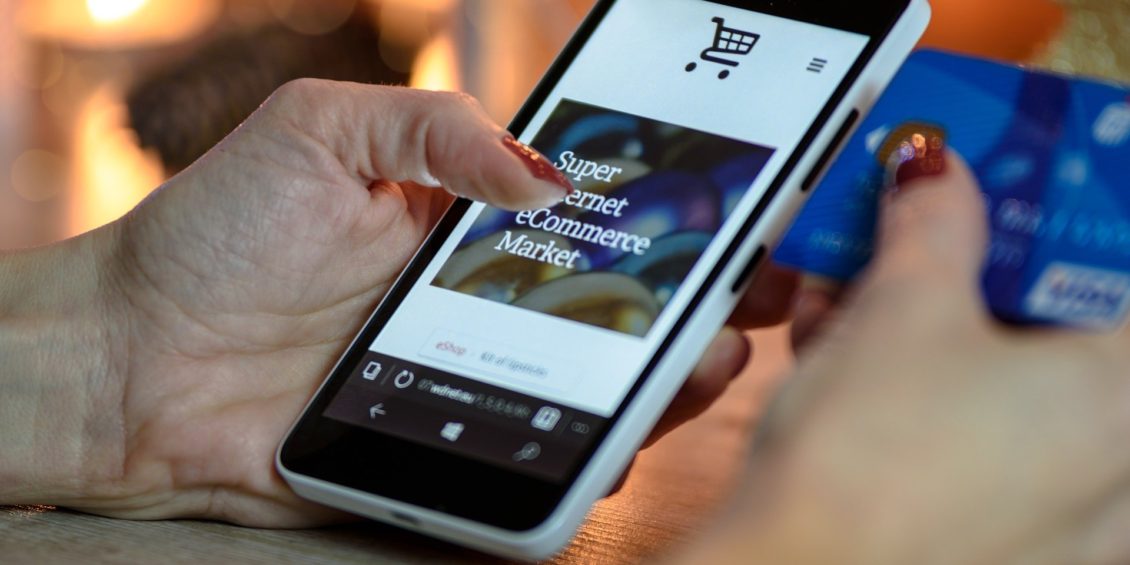
COVID-19 shutdowns across the country, along with ongoing concerns about infections, have (understandably) led to increased consumer resistance to in-person shopping. As a result, many turned to eCommerce as a safer channel to do business. Other embraced alternative purchasing methods such as contactless payments, click-and-collect, and curbside pickup.
One recent study showed that consumers spent $861.12 billion through remote channels in 2020. That’s a 44% increase over the previous year. Against this backdrop, many businesses needed to adapt quickly and introduce new sales and payment channels to meet consumer demands to survive.
Unsurprisingly, merchants who embrace these new shopping channels can deliver a better experience and more convenience for consumers. Despite these obvious advantages, though, introducing new payment channels doesn’t come without risks.
The Increase of Digital Fraud
The 2018 State of Chargebacks report found that more than one in four merchants in the food and beverage industry reported a chargeback rate between 0.5% and 1% of total transactions. Merchants in the same vertical reported virtually no chargebacks just five years earlier. What changed? During that period, merchants in this space started ramping up their use of digital channels.
The recent surge in card-not-present sales has been directly related to increased rates of unauthorized purchases and fraudulent activity. It’s more difficult to verify buyers’ identities in a card-not-present transaction, and so it’s easier to conduct fraud.
The recent surge in card-not-present sales has been directly related to increased rates of unauthorized purchases and fraudulent activity. In cases of criminal fraud, the cardholder’s bank issues a chargeback and allows the customer to retrieve their funds at the merchant’s expense.
In addition to losing the merchandise, the merchant also loses fees paid for shipping and processing, and a chargeback fee tacked on by the bank. These negative repercussions impact a merchant’s chargeback-to-transaction ratio, ultimately putting the whole business at risk.
Preventing card-not-present fraud is difficult because a buyer’s identity cannot be verified, and the merchant never has physical possession of the payment card. The expansion of eCommerce has opened the door to rampant fraud attempts, with bad actors knowingly taking advantage of the situation. In many cases, the cardholder is engaging in friendly fraud to claim a chargeback without a valid reason to do so.
Technology Must Adapt
As fraud increases, it’s important that technology adapts to effectively address these new concerns. Progress is already being made in Europe as they embrace Strong Customer Authentication (SCA) adoption, meaning stricter standards for customer verification.
Although SCA can be a valuable asset, it’s definitely not perfect. Currently, SCA maintains only a 76% success rate for authenticating browser-based transactions. Additionally, we’ve also seen that one-quarter of customers abandoned their app-based purchases due to SCA caused friction.
The issue is not exclusive to just SCA. Any time a significant change is made to customer shopping and buying habits, we can expect to see an increase in fraud, abuse, and chargebacks to follow.
Fraudsters are resourceful, and can learn how to manipulate new technologies even as they hit the market. Worse than that, though, is the fact that we’ve accidentally trained consumers to expect immediate results.
Reducing Risk and Optimizing Reward
Buyers are now used to having everything right at their fingertips. This leads to a low threshold for the kind of resistance accepted during the checkout process. Similarly, consumers can easily experience buyer’s remorse or simple misunderstandings, leading them to request chargebacks and engage in friendly fraud.
It comes as no surprise that the future of eCommerce will be defined by these new payment channels. Even though options like click-and-collect and curbside pickup were popularized by the COVID-19 pandemic, we can expect to see them remain prominent after restrictions begin to lift.
The key is to find a way to offer these technologies while still protecting merchants and consumers alike. Fortunately, there are options available to safeguard the process.
One practice that some merchants have begun adopting is to refuse in-store pickups beyond a certain distance from the ZIP code associated with the credit card billing address. Merchants also have access to tools that can scan a customer’s photo ID as part of the in-store pickup process, helping to verify users and provide critical verification later if a chargeback is filed.
We’ve crossed over the threshold into the world of alternative shopping methods. There’s really no going back now.
Consumers have increasingly-high standards, and will continue to demand the same level of convenience and ease in all areas of their purchasing experience. As we move forward, we must ensure that necessary precautions are taken, and that our fraud prevention tactics are robust enough to keep up with these new innovations.
